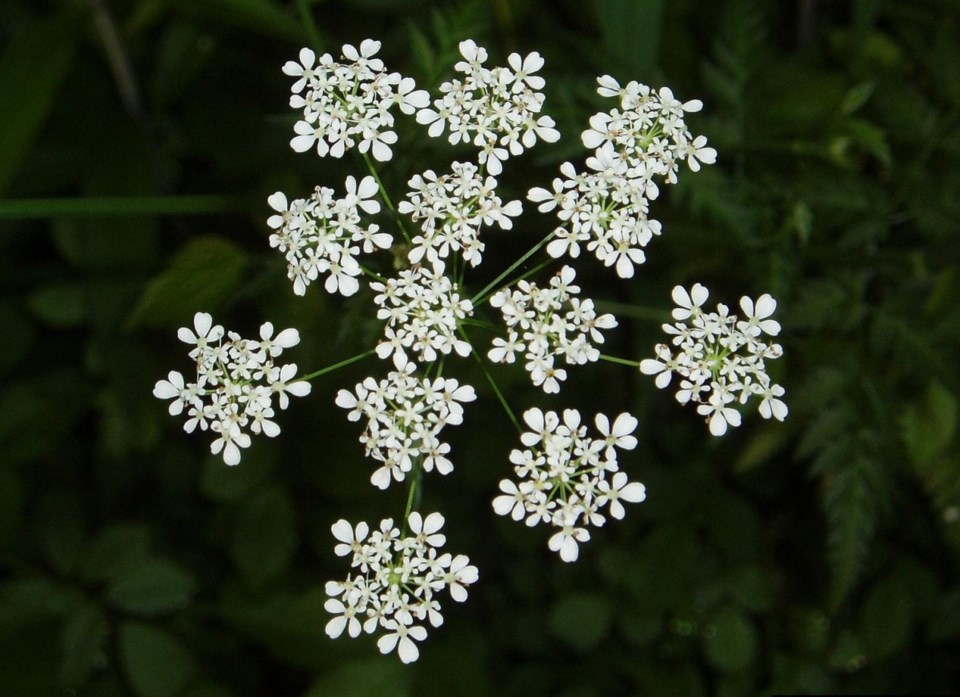The Town of The Blue Mountains will switch from a proactive to a reactive strategy in its approach to controlling the noxious weed wild chervil.
At its committee of the whole meeting on Jan. 31, council unanimously approved a staff recommendation to switch from a strategy of proactively spraying areas of the town to control wild chervil to a strategy of spraying areas where it is necessary.
Staff reported that the town has been heading in that direction for several years. In 2019, the town sprayed 188 kilometres to control the weed. By 2022, that number had shrunk to 10 kilometres.
The new strategy would see the town employ spot spraying of the weed where necessary.
“We’ve been really effective from a staff perspective in terms of controlling wild chervil,” said director of operations Shawn Carey.
Prior to Carey’s report on the matter, council received a delegation from local resident Marlene Lawrence, who implored council to stop spraying for the weed.
“The town must set an example, if you can build a crooked sidewalk to protect one tree, you can stop spraying this toxic poison to protect everyone and everything in the Town of The Blue Mountains,” said Lawrence.
Carey explained that in recent years the primary source of wild chervil has been private property. He said the town does reach out to property owners in an effort to continue to control the weed.
“The source has really shifted to private land,” he said. “It’s an evolving management strategy. We’ll never be rid of it, it’s just a matter of controlling it.”
Mayor Andrea Matrosovs said she was pleased to see the town’s efforts to control wild chervil had worked out.
“The results are showing ... We have been successful,” said Matrosovs. “I’m very pleased we’ve got to the point we can make the next transition.”



